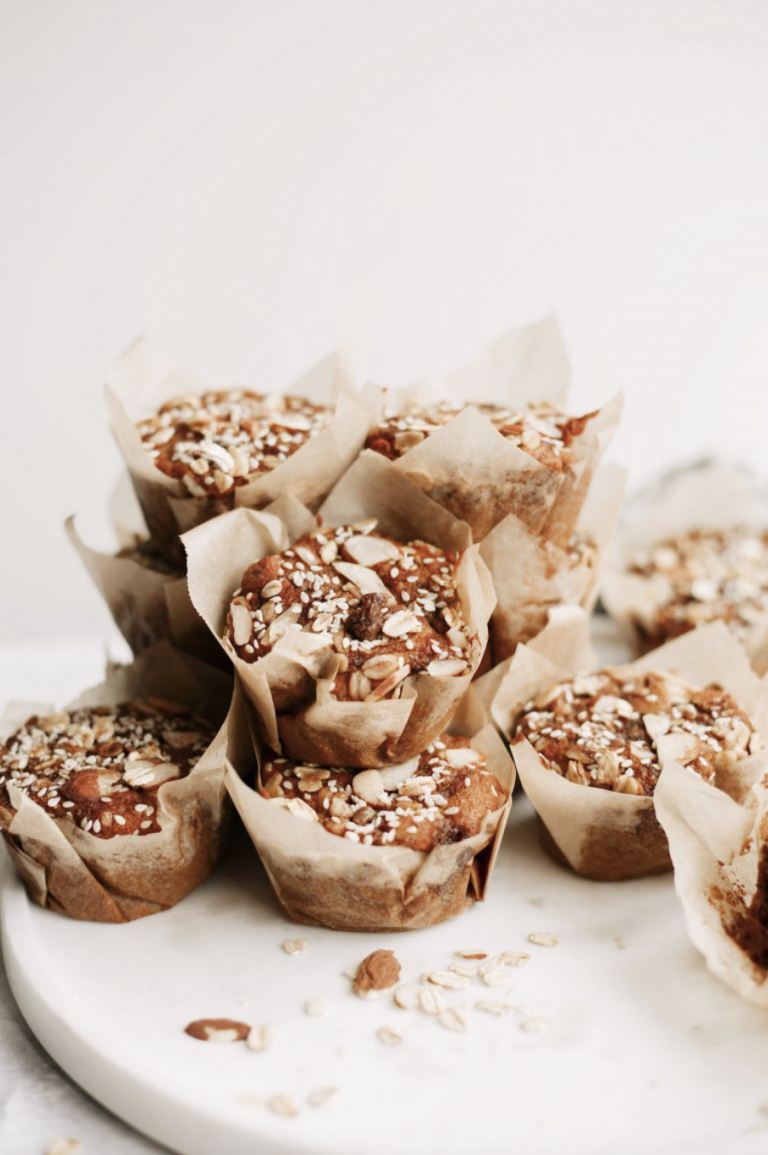
The ski coats are your best friend while you’re on the slopes because they can help you stay comfortable and warm. When the temperatures become sub-zero, and there’s snowfall, the right outerwear can make a huge difference because they are going to protect you from the elements like rain and wind.
However, there are a lot of options out there, so how do you know which jackets to wear on those powdery peaks? Fortunately, below are some tips for you.
What are the Features to Look For?
Know what kind of skier you are and get the right jacket accordingly. You might be a backcountry skier, or freerider, or you would always prefer the ski resort. Touring requirements are different from alpine skiing, and there will be a significant difference in the breathability and warmth of the material that you need to choose, so make sure that you get it right.
Warmth
Look for outwear with adequate insulation, especially if you’re going during the coldest months of the year. The best ski jackets can provide you with the right warmth-to-weight ratios, and they are going to keep you comfortable even if you’re on the chairlift. Goose down has unbeatable qualities, and they are ideal for people who get cold easily.
Synthetic fabrics can also be a good choice and they are more robust and less expensive in rainy weather. Compact ones are more economical but they don’t insulate well. Overall, it’s going to depend on the density of the fibers used, but it’s still a good idea to dress according to the three-layer system so you can have a lot of fun in the mountains without worrying about the weather.
Waterproofing
Get protection against storms and make sure that they are impermeable. Schmerber is the measurement that’s generally used for water resistance, and most jackets can range from 5,000 to 30,000 mm Schmerber. Waterproof options can generally start at 10,000 mm.
Three-layered types are often protected by a membrane and the exterior and interior fabric, while the two-layered types have an insulation lining. The outer layer generally consists of water-repellent treatment.
Breathability
The ability to let sweat evaporate is generally measured in MVTR and RET. The moisture vapor transmission rate is often expressed in grams/meters squared/24 hours. While a jacket with resistance to evaporative heat transfer with a RET of less than 6 has excellent breathability.
On the other hand, a rating of RET 15 can mean poor moisture-wicking abilities, so you need to look for others. Find info about MVTR at this link: https://en.wikipedia.org/wiki/Moisture_vapor_transmission_rate.
When an activity requires a lot of action and exertion, you need to get the ones that will help you get the sweat out. Intense activities like freeriding will require you to get maximum comfort so make sure that you allow the sweat to get out.
Other Features to Know

Hoods and Snow Skirts
Serving as an indispensable protector for your lower neck and head is a hood. Other models have removable covers, but make sure that they don’t restrict too much movement and they are compatible with your helmet.
Skirts are going to prevent the snow from getting into your jacket in case of falls, and this fabric has an elastic waist and it’s stretchable. You can also get a windproof cuff for an extra layer of insulation and to prevent air from creeping in.
Pockets and Ventilation
Chest, side, and ski pass pockets near the wrists are all convenient options when getting a jacket. You can also get the ones with the interior mesh where you can stash your phone, keys, cards, and goggles. Improved ventilation will mean that you should choose the ones with the zips near the chest and the armpits. The zippers should also be water-repellent and backed by fabric for them to be cozy.
How to Choose the Right Size and Fit
When you want to get a better fit, you need to take your measurements accurately. Get guides from the charts of the manufacturers and pay attention to the waist and chest. The arms and hips shouldn’t be too tight, and make sure to check the guidelines before check-out.
Think about how you plan to layer underneath your ski, and if you like wearing multiple layers or tend to get colder easily, then opting for a slightly larger size might be beneficial. On the other hand, if you prefer a more streamlined look or anticipate warmer weather conditions, then sizing down could be an option.
Budget-Friendly Options
Fortunately, you don’t have to break the bank, because there are plenty of budget-friendly options available that offer great quality and performance without emptying your wallet. See more info about the jackets on this site here.
One option is to look for last season’s models or styles on sale. Many retailers discount their older inventory at the end of the season, allowing you to score a high-quality outwear at a fraction of its original price. These jackets may not have all the latest features or trendy designs, but they will still keep you warm and dry on the slopes.
Another budget-friendly option is to consider purchasing from lesser-known brands. While big-name brands often come with a higher price tag, many smaller companies produce excellent jackets at more affordable prices. Do some research and read reviews to find these hidden gems in the market.



























































